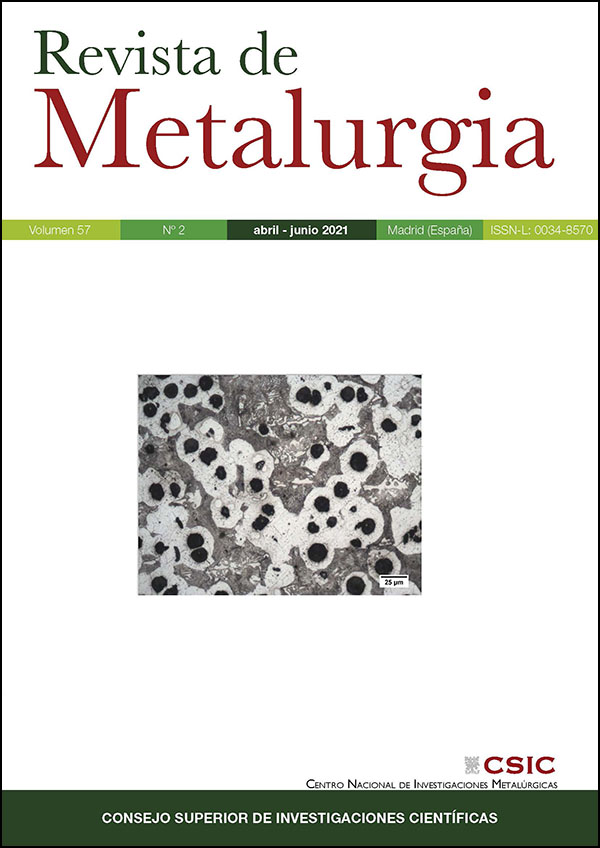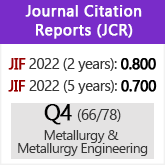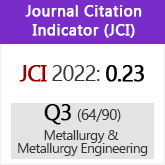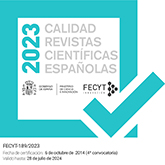Summary and critical review of the International Energy Agency’s special report: The role of critical minerals in clean energy transitions
DOI:
https://doi.org/10.3989/revmetalm.197Keywords:
Critical review, Energy transition, IEA, Raw materials, Supply risksAbstract
This paper makes a critical review of the IEA’s report entitled The Role of Critical Minerals in Clean Energy Transitions. The main goal of this report is to identify key minerals and metals that could generate supply problems and bottlenecks in a clean energy transition. The IEA establishes a series of key recommendations towards mineral security, analysing the amount of different materials used in certain technologies (electric cars, solar PV, onshore and offshore wind, nuclear, coal, and natural gas). Such recommendations include, among others, ensuring adequate investment in diversified sources of new supply, the promotion of technology innovation or strategic stockpiling. This report is an essential step towards awareness rising about this issue, because until recently it had not received the attention it deserved. However, it falls short on the impact that mineral scarcity can have on the development of economies and the planet. For this reason, we analyse section by section the report and provide some additional comments on aspects that could be further addressed to avoid replacing fossil fuel addiction with raw materials dependence.
Downloads
References
Andersson, M., Söderman, M.L., Sandén, B.A. (2017). Are scarce metals in cars functionally recycled?. Waste Manag. 60, 407-416. https://doi.org/10.1016/j.wasman.2016.06.031
Calvo, G., Mudd, G., Valero, Alicia, Valero, Antonio (2016). Decreasing ore grades in global metallic mining: A theoretical issue or a global reality?. Resources 5 (4). https://doi.org/10.3390/resources5040036
Calvo, G., Valero, Alicia, Valero, Antonio (2017). Assessing maximum production peak and resource availability of non-fuel mineral resources: Analyzing the influence of extractable global resources. Resour. Conserv. Recy. 125, 208-217. https://doi.org/10.1016/j.resconrec.2017.06.009
Domínguez, A., Valero, A. (2013). Global gold mining: Is technological learning overcoming the declining in ore grades?. J. Environ. Account. Manag. 1 (1), 85-101. https://doi.org/10.5890/JEAM.2012.01.007
Iglesias-Émbil, M., Valero, A., Ortego, A., Villacampa, M., Vilaró, J., Villalba, G. (2020). Raw material use in a battery electric car - a thermodynamic rarity assessment. Resour. Conserv. Recy. 158, 104820. https://doi.org/10.1016/j.resconrec.2020.104820
IEA (2021a). The Role of Critical Minerals in Clean Energy Transitions. World Energy Outlook Special Report. International Energy Agency.https://iea.blob.core.windows.net/assets/24d5dfbb-a77a-4647-abcc-667867207f74/TheRoleofCriticalMineralsinCleanEnergyTransitions.pdf.
IEA (2021b). Net Zero by 2050. A Roadmap for the Global Energy Sector. International Energy Agency. https://www.iea.org/reports/net-zero-by-2050.
Mudd, G.M. (2007). The Sustainability of Mining in Australia: Key Production Trends and Their Environmental Implications for the Future. Research Report, Published by Monash University, Australia.
Ortego, A., Valero, Alicia, Valero, Antonio, Iglesias-Embil, M. (2018). Downcycling in automobile recycling process: A thermodynamic assessment. Resour. Conserv. Recy. 136, 24-32. https://doi.org/10.1016/j.resconrec.2018.04.006
Ortego, A., Calvo, G., Valero, Alicia, Iglesias-Émbil, M., Valero, Antonio, Villacampa, M. (2020). Assessment of strategic raw materials in the automobile sector. Resour. Conserv. Recycl. 161, 104968. https://doi.org/10.1016/j.resconrec.2020.104968
Reuter, M.A., van Schaik, A., Ignatenko, O., de Haan, G.J. (2006). Fundamental limits for the recycling of end-of-life vehicles. Miner. Eng. 19 (5), 433-449. https://doi.org/10.1016/j.mineng.2005.08.014
Rodríguez, O., Alguacil, F.J., Escudero, E., García-Díaz, I., Fernández, P., Sotillo, B., López, F.A. (2020). Recovery of niobium and tantalum by solvent extraction from Sn-Ta-Nb mining tailings. RSC Adv. 10 (36), 21406-21412. https://doi.org/10.1039/D0RA03331F
Sonderegger, T., Berger, M., Alvarenga, R., Bach, V., Cimprich, A., Dewulf, J., Frischknecht, R., Guinée, J., Helbig, C., Huppertz, T., Jolliet, O., Motoshita, M., Northey, S., Rugani, B., Schrijvers, D., Schulze, R., Sonnemann, G., Valero, A., Weidema, B.P., Young, S.B. (2020). Mineral resources in life cycle impact assessment-part I: a critical review of existing methods. Int. J. Life Cycle Assess. 25, 784-797. https://doi.org/10.1007/s11367-020-01736-6
Valero Alicia, Valero Antonio, Calvo, G., Ortego, A. (2018a). Material bottlenecks in the future development of green technologies. Renew. Sustain. Energy Rev. 93, 178-200. https://doi.org/10.1016/j.rser.2018.05.041
Valero Alicia, Valero Antonio, Calvo, G., Ortego, A., Ascaso, S., Palacios, J.L. (2018b). Global material requirements for the energy transition. An exergy flow analysis of decarbonisation pathways. Energy 159, 1175-1184. https://doi.org/10.1016/j.energy.2018.06.149
Valero Antonio, Valero Alicia (2019). Thermodynamic Rarity and Recyclability of Raw Materials in the Energy Transition: The Need for an In-Spiral Economy. Entropy 21 (9), 873. https://doi.org/10.3390/e21090873
Valero, A., Magdalena, R., Calvo, G., Ascaso, S., Círez, F., Ortego, A. (2021). Eco-credit system to incentivise the recycling of waste electric and electronic equipment based on a thermodynamic approach. Int. J. Exergy 35 (1). https://doi.org/10.1504/IJEX.2021.115090
Published
How to Cite
Issue
Section
License
Copyright (c) 2021 Consejo Superior de Investigaciones Científicas (CSIC)

This work is licensed under a Creative Commons Attribution 4.0 International License.
© CSIC. Manuscripts published in both the printed and online versions of this Journal are the property of Consejo Superior de Investigaciones Científicas, and quoting this source is a requirement for any partial or full reproduction.All contents of this electronic edition, except where otherwise noted, are distributed under a “Creative Commons Attribution 4.0 International” (CC BY 4.0) License. You may read here the basic information and the legal text of the license. The indication of the CC BY 4.0 License must be expressly stated in this way when necessary.
Self-archiving in repositories, personal webpages or similar, of any version other than the published by the Editor, is not allowed.
Funding data
Ministerio de Economía, Industria y Competitividad, Gobierno de España
Grant numbers ENE2017-85224-R


















